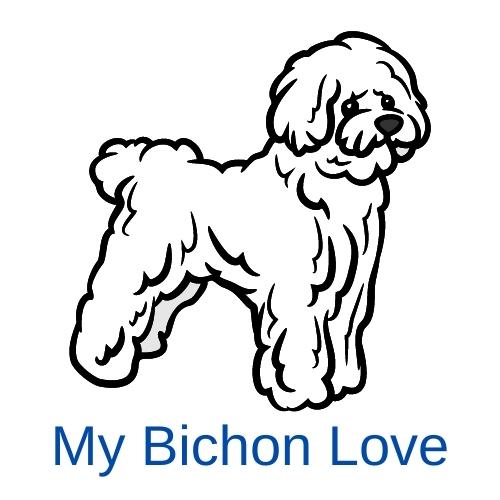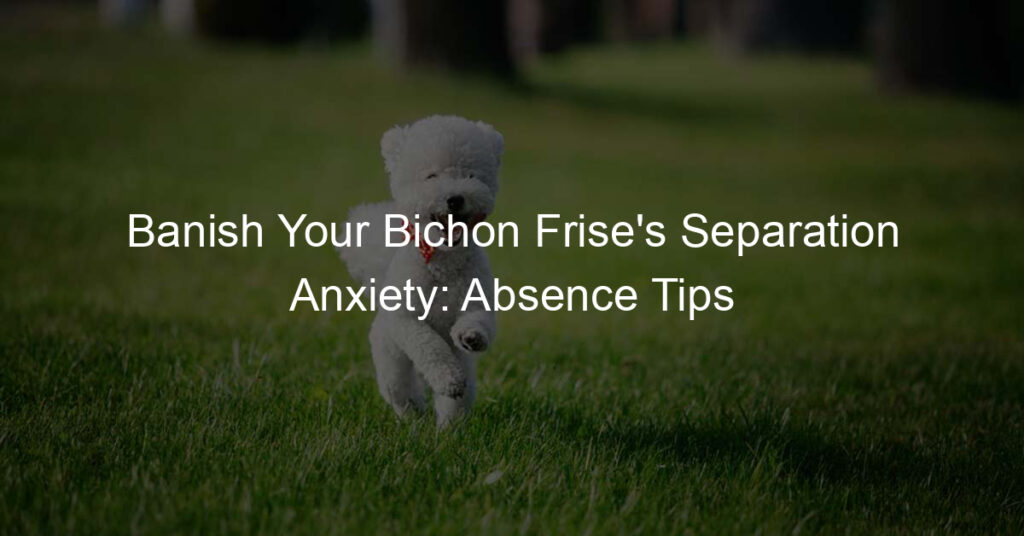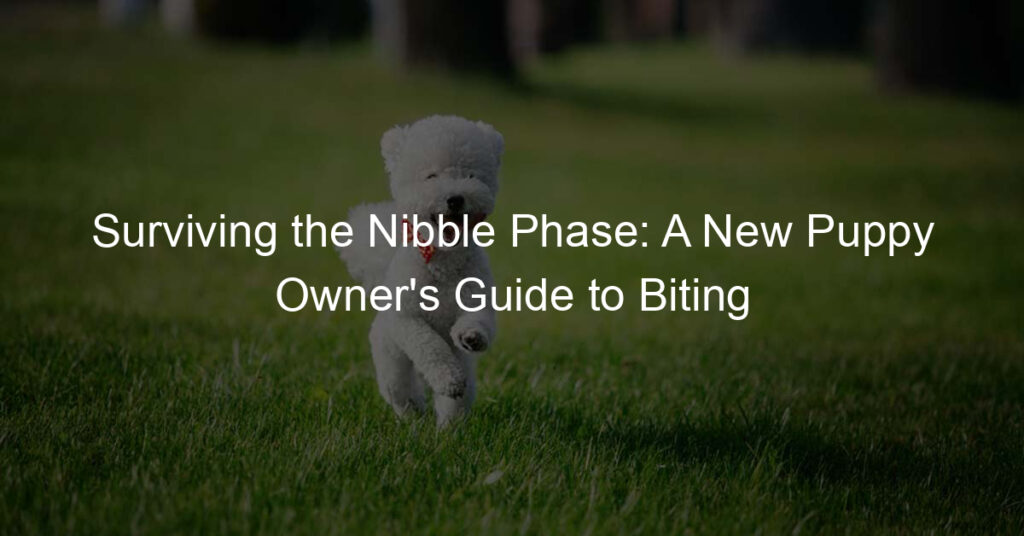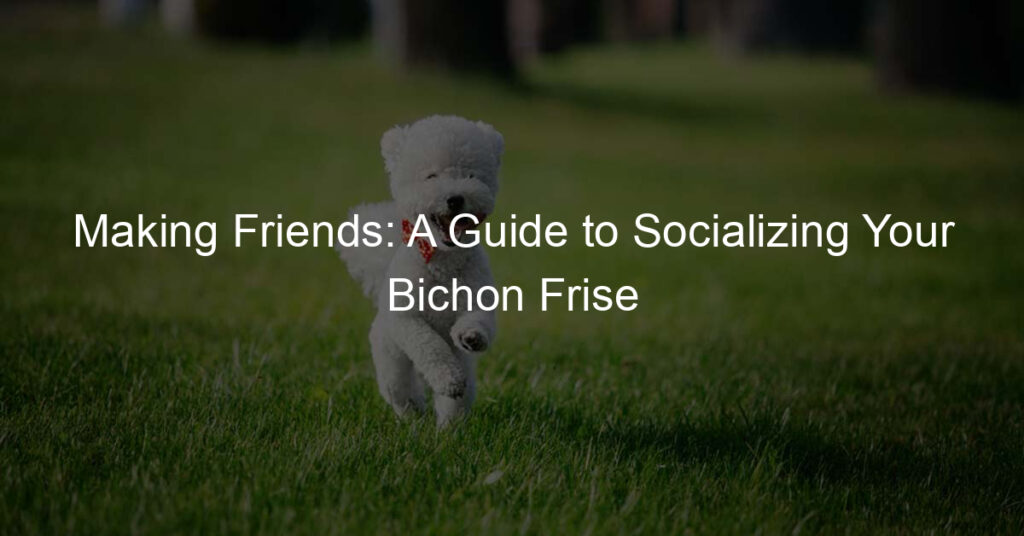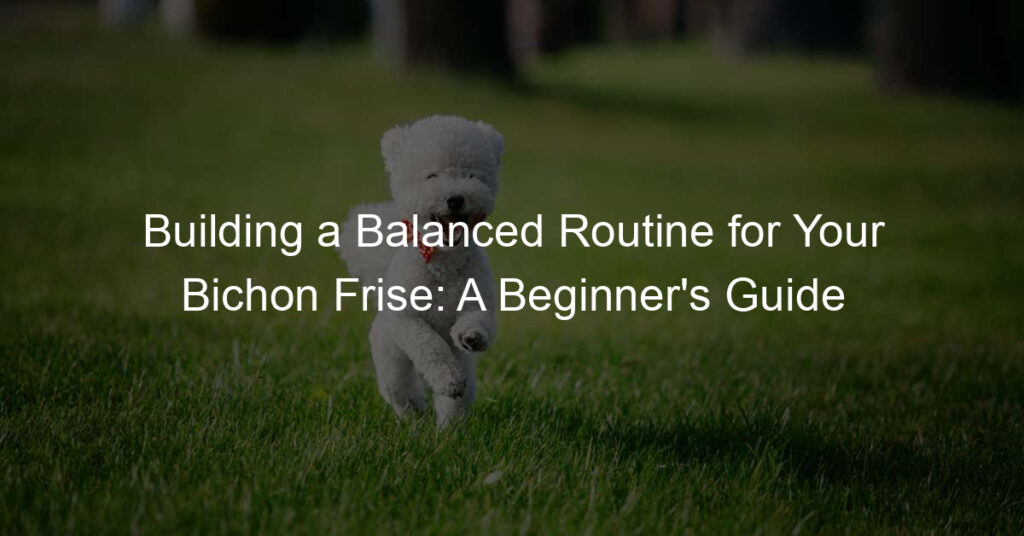
Introduction to Bichon Frise Behavior
The Bichon Frise, a breed known for its friendly and cheerful nature, is a popular choice among dog lovers. Understanding their behavior is crucial for a harmonious relationship with these adorable pets. In this section, we will provide an overview of the Bichon Frise breed and discuss the importance of understanding canine emotions.
- Overview of the Bichon Frise breed
- Importance of understanding canine emotions
The Bichon Frise is a small breed, usually weighing between 10 to 20 pounds. They are known for their fluffy white coats and black eyes, which give them a distinctive teddy bear-like appearance. Bichons are sociable, affectionate, and love being the center of attention. They are intelligent and quick learners, making them relatively easy to train. However, they can also be stubborn at times, which requires patience and consistency from their owners.
Understanding canine emotions is vital for a healthy and happy relationship with your Bichon Frise. Dogs, like humans, experience a range of emotions such as joy, fear, anger, and sadness. By learning to recognize these emotions in your Bichon, you can respond appropriately to their needs and ensure their well-being. For instance, a Bichon that is wagging its tail and has relaxed body language is likely feeling happy and content. On the other hand, a Bichon that is growling, showing its teeth, or has a stiff body may be feeling threatened or scared. Recognizing these signs can help prevent misunderstandings and potential conflicts.
Understanding Bichon Frise Body Language
Understanding your Bichon Frise’s body language is a crucial part of pet ownership. It allows you to comprehend their emotions and respond appropriately, fostering a stronger bond between you and your furry friend. Let’s delve into the world of Bichon Frise body language and learn how to decode their emotional cues.
Decoding Bichon Frise Emotional Cues
Just like humans, Bichon Frises communicate a lot through their body language. By paying close attention to their facial expressions, body postures, and tail movements, you can gain a deeper understanding of their emotional state.
- Reading facial expressions: Bichon Frises have expressive faces. A relaxed and open mouth, bright eyes, and perky ears indicate happiness. On the other hand, a furrowed brow, pinned back ears, and squinting eyes may suggest discomfort or anxiety.
- Interpreting body postures: A Bichon Frise’s body posture can tell you a lot about their mood. A playful Bichon will have a relaxed body, often bouncing around. A scared or anxious Bichon might crouch low, trying to make themselves smaller. An aggressive Bichon may stand tall, with their fur standing on end.
- Understanding tail movements: Tail movements are another essential part of a Bichon Frise’s body language. A wagging tail usually indicates happiness, but the speed and direction of the wag can also provide clues. A slow, low wag might mean they’re unsure, while a fast, high wag could indicate excitement or agitation.
Remember, every Bichon Frise is unique, and their body language may vary. The key is to spend time with your pet, observe their behavior in different situations, and learn their individual communication style.
Common Bichon Frise Behavior Patterns
Understanding the behavior patterns of your Bichon Frise is crucial in building a strong and healthy relationship with your furry friend. Here, we will delve into three common behavior patterns observed in Bichon Frises: playful, aggressive, and submissive behavior.
- Playful Behavior
- Aggressive Behavior
- Submissive Behavior
Bichon Frises are known for their playful and energetic nature. They love to run around, play fetch, and engage in interactive games. This breed is also known for its ‘Bichon Blitz’ or ‘Frise Frenzy’, where they suddenly run around in circles with a burst of energy. This playful behavior is a sign of happiness and contentment.
Aggressive behavior in Bichon Frises is not common but can occur due to various reasons such as fear, territoriality, or lack of socialization. They may show signs of aggression like growling, baring teeth, or snapping. It’s important to address this behavior promptly with proper training and socialization.
Submissive behavior is another common trait in Bichon Frises. They may show signs of submission like rolling over to expose their belly, lowering their body, or avoiding direct eye contact. This behavior is a sign of respect and trust towards their owner or other dogs.
Understanding these behavior patterns can help you better communicate with your Bichon Frise and respond to their needs effectively. Remember, every dog is unique, and these behaviors can vary based on individual personality and experiences.
| Behavior Pattern | Description | How to Respond |
|---|---|---|
| Playful | Running around, playing games, ‘Bichon Blitz’ | Engage in play, provide toys and games |
| Aggressive | Growling, baring teeth, snapping | Provide training, socialization, consult a professional if needed |
| Submissive | Rolling over, lowering body, avoiding eye contact | Respect their space, provide reassurance |
Canine Body Language Signals
Understanding your Bichon Frise’s body language is crucial to building a strong bond with your pet. Dogs, like humans, have a unique way of expressing their emotions. They use their body language to communicate their feelings. In this section, we will delve into the different signals that dogs use to express their emotions.
Interpreting Dog Emotions
Interpreting your dog’s emotions can be a bit tricky, especially if you’re new to dog ownership. However, with a little practice and patience, you can learn to understand your dog’s body language. Here are some common emotions that dogs express and how you can recognize them:
- Recognizing signs of happiness: A happy dog will have relaxed body language. Their tail will be wagging, and their ears will be in a relaxed position. They might also have a playful bounce in their step. A happy dog’s eyes will be bright and alert, and they will often have an open mouth, which can look like they’re smiling.
- Identifying signs of fear: A fearful dog will often have their tail tucked between their legs. Their body might be hunched over, and they might try to make themselves look smaller. They might also show the whites of their eyes, which is known as ‘whale eye’. If your dog is showing these signs, it’s important to remove them from the situation that’s causing them fear.
- Detecting signs of stress: Dogs under stress might show signs like excessive panting, drooling, or shedding. They might also pace around or try to hide. Other signs of stress can include changes in appetite and behavior. If your dog is showing signs of stress, it’s important to identify the cause and take steps to alleviate their stress.
Remember, every dog is unique, and they might not show these signs exactly as described. It’s important to get to know your dog and understand their individual body language. This will help you build a stronger bond with your pet and ensure their well-being.
Bichon Frise Communication
Understanding the communication methods of your Bichon Frise is crucial for a harmonious relationship. Bichon Frises, like all dogs, use a combination of vocalizations, body language, and facial expressions to communicate. In this section, we will focus on understanding Bichon Frise vocalizations.
Understanding Bichon Frise Vocalizations
Bichon Frises are known for their expressive vocalizations. They use a variety of sounds to communicate their needs, emotions, and reactions to their environment. Let’s delve into the three primary vocalizations: barking, whining, and growling.
- Barking
- Whining
- Growling
Barking is a common form of communication for Bichon Frises. They bark to alert their owners of potential threats, to express excitement, or to seek attention. However, excessive barking can also indicate boredom or anxiety. It’s essential to understand the context and frequency of your Bichon’s barking to respond appropriately.
Whining is another vocalization used by Bichon Frises. It’s often a sign of distress, discomfort, or desire for something. For instance, your Bichon may whine when they’re hungry, need to go outside, or want your attention. Paying attention to when and why your Bichon whines can help you meet their needs more effectively.
Growling can be a more serious form of communication. Bichon Frises may growl when they’re scared, uncomfortable, or protecting their territory. It’s important to respect this signal and give your Bichon space when they growl. However, unprovoked or frequent growling can be a sign of a behavioral issue that may require professional help.
Understanding your Bichon Frise’s vocalizations is key to building a strong bond with them. By paying attention to their sounds, you can better understand their needs and emotions, leading to a happier and healthier relationship.
Case Studies: Bichon Frise Behavior
Let’s delve into some real-life case studies to better understand Bichon Frise behavior. These examples will help us decode their body language and understand their emotional state.
-
Case Study 1: Understanding Aggressive Behavior
Meet Bella, a 3-year-old Bichon Frise. Bella’s owners noticed that she was showing signs of aggression, such as growling and snapping, especially when they tried to take away her toys.
After consulting with a professional dog trainer, they learned that Bella’s behavior was not due to her being ‘bad’ or ‘mean’. Instead, it was a response to feeling threatened or scared. The trainer explained that dogs often use aggression as a defense mechanism when they feel their resources are being threatened.
With consistent training and positive reinforcement, Bella’s aggressive behavior significantly reduced. This case study highlights the importance of understanding the root cause of a dog’s aggressive behavior, rather than simply punishing it.
-
Case Study 2: Decoding Fear Signals
Next, let’s look at Max, a 2-year-old Bichon Frise. Max’s owners noticed that he would often tuck his tail between his legs and lower his body when they took him to the park.
After doing some research, they learned that these were signs of fear or anxiety in dogs. Max was feeling overwhelmed by the new environment and the presence of other dogs. By recognizing these fear signals, Max’s owners were able to take steps to make him feel more comfortable, such as gradually introducing him to the park and rewarding him for calm behavior.
This case study illustrates how understanding a dog’s body language can help us respond to their needs and make them feel safe and secure.
These case studies underline the importance of understanding your Bichon Frise’s behavior. By learning to interpret their body language and respond appropriately, you can build a stronger bond with your furry friend and ensure their well-being.
Key Takeaways: Understanding Your Bichon Frise
As we wrap up our discussion on understanding your Bichon Frise, let’s recap the essential points to remember. These key takeaways will help you build a strong bond with your furry friend and ensure a happy and healthy relationship.
- Importance of Patience and Observation
- Value of Positive Reinforcement
- Need for Consistent Training
Understanding your Bichon Frise requires patience and keen observation. These adorable dogs have unique behaviors and body language that can tell you a lot about their feelings and needs. For instance, a wagging tail might indicate happiness, while a tucked tail could mean fear or anxiety. Remember, it’s essential to observe your Bichon Frise in different situations to understand their behavior better.
Positive reinforcement is a powerful tool in training your Bichon Frise. Rewarding good behavior with treats, praises, or playtime can encourage your pet to repeat those actions. For example, if your Bichon Frise sits on command, giving them a treat will make them more likely to sit when asked in the future. Remember, the goal is to make learning a fun and rewarding experience for your Bichon Frise.
Consistency is key when training your Bichon Frise. Make sure to use the same commands and gestures each time to avoid confusing your pet. It’s also important to keep training sessions short and fun to keep your Bichon Frise’s interest. Remember, training is not a one-time event but a continuous process. Regular practice and reinforcement will help your Bichon Frise understand and follow your commands better.
In conclusion, understanding your Bichon Frise requires patience, positive reinforcement, and consistent training. By keeping these key takeaways in mind, you can build a strong bond with your pet and ensure they grow into a well-behaved and happy dog.
Conclusion: The Journey to Understanding Your Bichon Frise
As we conclude our journey, let’s take a moment to reflect on what we’ve learned about the delightful and complex nature of Bichon Frise behavior. Understanding your Bichon Frise is not an overnight process, but a continuous journey of observation, interpretation, and empathy.
- Recap of Bichon Frise behavior patterns
- Final thoughts on interpreting dog emotions
Our exploration began with an introduction to Bichon Frise behavior. We learned that these dogs are known for their friendly and playful nature. They are social creatures who thrive on interaction and companionship. We also discovered that Bichon Frises communicate through a variety of signals, including body language, vocalizations, and even facial expressions. We delved into specific behaviors such as tail wagging, barking, and body posture, and what each of these signals might mean in different contexts.
Interpreting dog emotions is a skill that requires patience and understanding. It’s about learning to see the world from your dog’s perspective and recognizing that their emotional experiences, while different from ours, are just as valid and important. Remember, every dog is unique and what holds true for one Bichon Frise may not necessarily apply to another. The key is to observe, interact, and learn from your pet.
Understanding your Bichon Frise’s behavior is a rewarding journey that deepens the bond between you and your furry friend. It allows you to cater to their needs better, ensure their well-being, and enjoy a harmonious co-existence. So, keep observing, keep learning, and most importantly, keep loving your Bichon Frise.
